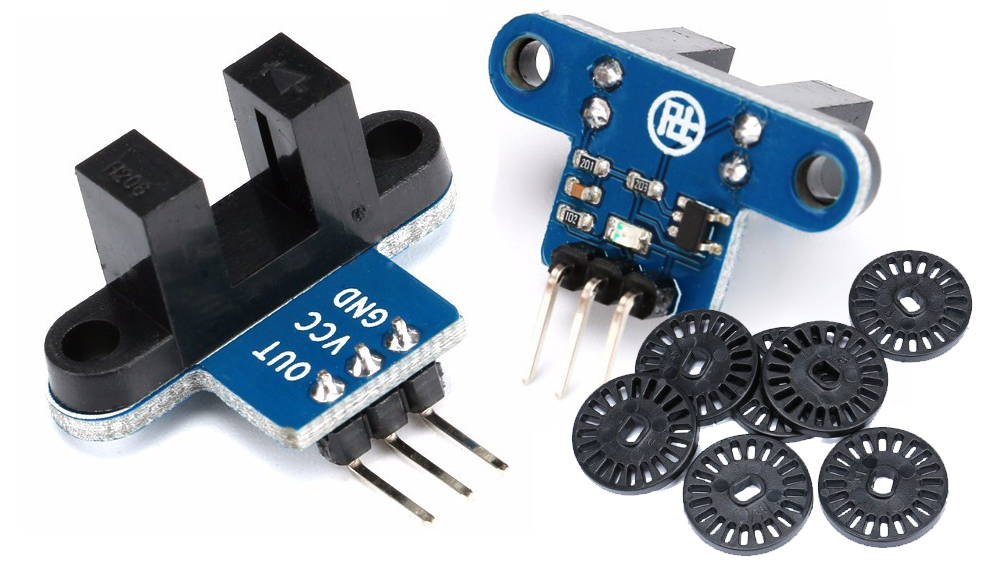Optical encoders are precision devices that uses light signals to detect changes in position or motion. Over the past few decades, optical encoders have emerged as one of the most reliable and accurate technologies for sensing motion and position. This article aims to provide an overview of optical encoders – their working principles, applications and future opportunities.
How Optical Encoders Work
At the core of any optical encoder is a light source, such as an LED, and a digital code disc that contains evenly spaced slots, lines or marks around its circumference. As the code disc rotates or moves linearly, it modulates the light from the source. Photodetectors, usually photodiodes placed around the periphery, detect changes in the light and convert them into electrical pulses. These digital pulses are then decoded by electronic circuits to derive positional information.
There are two main types of Optical Encoders incremental and absolute. Incremental encoders provide output only when there is relative motion between the code disc and photodetectors, while absolute encoders can provide an absolute position reading at any time without needing a homing/reference point. Both types use variants of Gray codes printed on the code discs to ensure reliable counting during motion.
Optical encoders can sense rotational as well as linear motion. For rotational motion sensing, the code disc rotates between a centered light source and photodetectors. For linear sensing, the code strip moves linearly along slots in the detector head assembly. Resolution of modern optical encoders can be as high as nanometers for linear motion and arc-seconds for rotational.
Wide Range of Industrial Applications
Thanks to their high accuracy, reliability and non-contact operation, optical encoders find widespread use across industries for motion control and automation applications:
– CNC Machine Tools – Optical encoders provide precise feedback for controlling movements of spindles and axes in CNC machines.
– Robotics – Joint position sensing is crucial for robot kinematics. Optical encoders enable repeatable and coordinated motion.
– 3D Printing – Print heads and build platforms require tracking with micron-level resolution for layer-by-layer additive manufacturing.
– Semiconductor Manufacturing – Lithography steppers demand nanometer-level accuracy. Optical encoders are used for stage positioning.
– Packaging Machinery – Conveying lines, labeling machines rely on encoders for motion synchronization across the production line.
– Automotive Manufacturing – Body shops, powertrain assembly lines use encoders for motion profiling and quality control.
– Medical Devices – Surgical robots, vision systems, prosthetics employ optical encoders for precise motion feedback.
The ubiquitous presence of optical encoders in industrial automation underscores their reliability to deliver accurate, repeatable motion control even in harsh environments.
*Note:
1. Source: Coherent Market Insights, Public sources, Desk research
2. We have leveraged AI tools to mine information and compile it.




